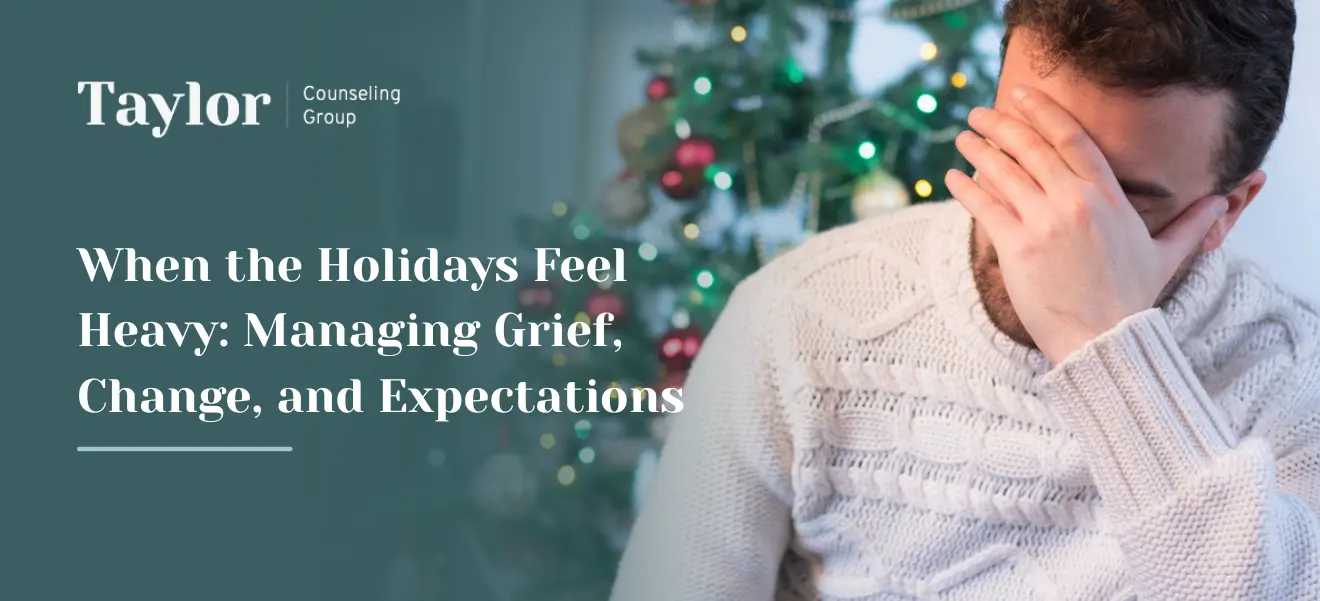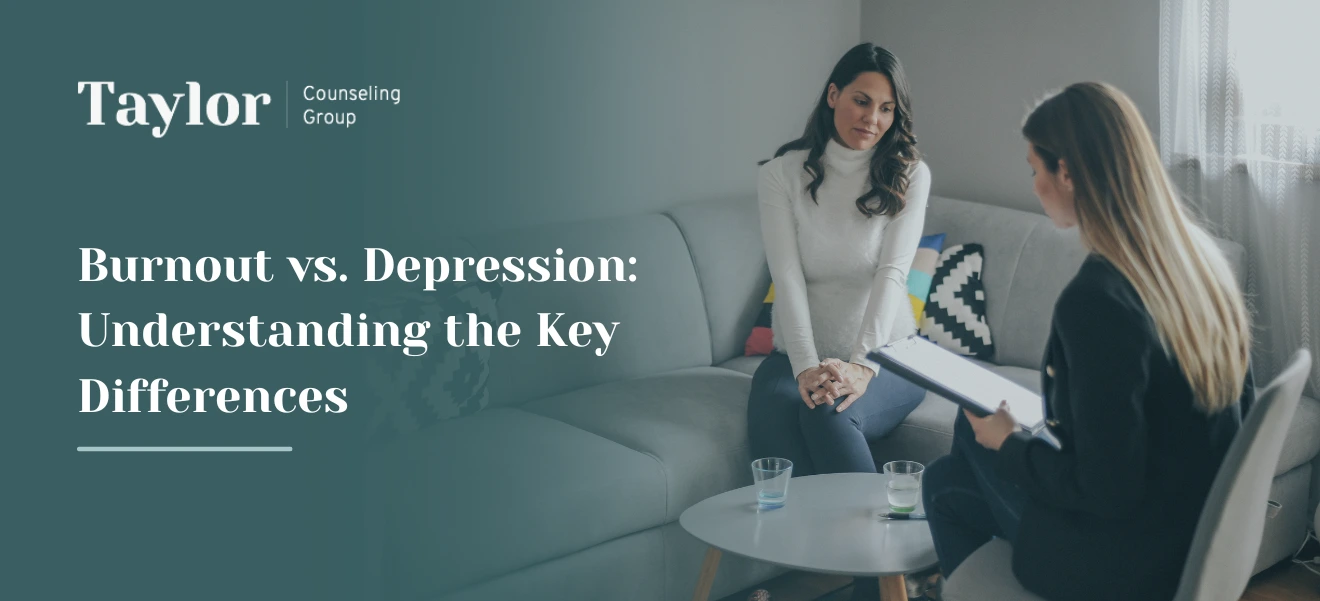The winter blues are an extremely common phenomenon. Something happens during those colder, darker days of winter, causing many to experience a mood shift. You may find yourself feeling lethargic and less than chipper in the morning. You might discover that you’re down or sad more often than usual.
In this post, we’ll address the condition known as seasonal affective disorder and help you discover ways to ease these seasonal bouts of depression.
What Is Seasonal Affective Disorder?
It’s normal to want to hunker down in the winter or feel a bit sadder than usual. However, when the winter blues start impacting every aspect of your life, you may actually have a condition known as seasonal affective disorder (SAD). This disorder is a recurring depression that occurs when the seasons change.
The symptoms of SAD, also known as seasonal depression, usually begin in the fall and continue throughout the winter months. Rarely, SAD can occur in the summer or spring. The main culprit of SAD seems to be reduced light. This reduction creates a dip in serotonin, your body’s natural mood booster, and disrupts your circadian rhythm.
While most winter blues aren’t something you need to worry about, SAD can have a major impact on your quality of life. Here are some of the signs that could indicate that you struggle with seasonal depression:
- Sleeping more or having trouble sleeping
- Feeling tired throughout the day
- Weight gain
- Sadness or hopelessness
- Feeling guilty or down on yourself
- Avoiding people or activities you once enjoyed
- Feeling irritable or stressed
- Loss of interest in physical contact
Ways to Ease Seasonal Depression
If seasonal depression is weighing you down, there are a few actions you can take to help regulate your mood:
- Adjust your sleep schedule. Going to sleep and waking up at the same time each day can help regulate your circadian rhythm and help you feel more rested.
- Structure your eating. During the winter months, you may be tempted to snack on starchy or sweet foods. Instead, structure your eating around three regular meals each day. Keep your mealtimes around the same time and eat a balanced diet of fruits, vegetables, whole grains and proteins.
- Exercise. Physical activity is one of the best ways to counteract feelings of depression or anxiety. This natural antidepressant increases your body’s serotonin and endorphin levels, boosting your mood. Try to incorporate at least 30 minutes of moderate exercise into each winter day.
- Make and keep plans with loved ones. Be sure to connect with friends and family members throughout the winter to avoid isolation and keep darker thoughts at bay.
- Engage in activities you enjoy. While you may not feel like it, it’s important to make time for your favorite hobbies and activities that bring you joy.
Don’t Ignore the Symptoms of SAD
If you find yourself struggling during the dark days of winter, don’t hesitate to get help. At Taylor Counseling Group, you’ll find a team of mental health professionals dedicated to helping you find ways to cope and heal from depression. Whether these feelings come and go with the seasons or linger year-round, we’re here for you.
Schedule your appointment at one of our locations in Central Texas and learn more ways to cope with seasonal depression.






